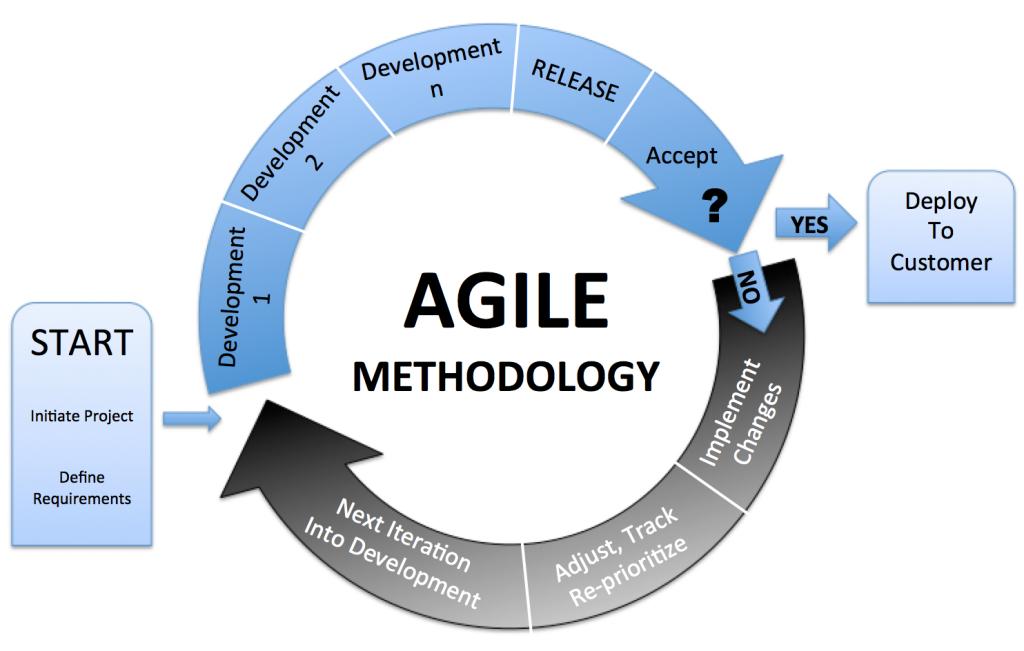
Improving Productivity by Using Agile Methodology
Everyone knows that supply and demand are two most fundamental concepts of economy. Not only do they define every single economic method but also determine its value. In face of this, productivity is nothing more than one’s ability to successfully meet the demand of their clients with an appropriate supply. While the nature of demand and supply depend on business niche, productivity does not. In other words, what one needs to do is be constantly on the watch for new ways to improve their efficiency of doing business with various innovations. One of such notions is Agile Methodology and here are some of its advantages and disadvantages.
What is Agile Methodology?

The best answer to this question would be to say that agile methodology is a set of software development methods. Here, through collaboration and cooperation between cross-functional, self-organizing teams optimal results are achieved. Agile methodology is all about, adaptive planning, continuous improvement and response to change, as well as early delivery. However, for one to better understand it, reading its manifesto known as Manifesto for Agile Software Development is advised.
Good on Paper
Although everyone knows that theory and practice can be vastly different, perks of using agile development really do look good on paper. Namely companies and teams who resort to using this methodology, are known to show up to 25% increase in their productivity. Seeing how in a hostile business environment quick response and good organization can make all the necessary difference, it is easy to see how such a thing could be achievable even in practice.
More Efficient Time Management

There is a simple truth that teams or individuals on various projects are most productive when they start nearing their deadline. For example, several days before the deadline, productivity of people on the project is greater than it was when this same deadline was 6 months away. In these early stages, people usually postpone difficult tasks for later and focus on throwing countless meetings, sending emails and making phone calls of low to medium priority.
In his book The 7 Habits of Highly Effective People, Stephen Covey explained this through what he calls “four quadrants of time management matrix.” These quadrants are categorized according to their urgency and importance and according to these two simple notions, the entire project is organized. If you combine all of this with a fact that only with agile methodology you will have simultaneous customer feedback while the project is still in development, what you get is a truly revolutionary idea.
Cons
The greatest con of agile projects is that, due to their highly adaptable nature and lack of traditional structure, they can be quite hard to predict. One more downside of agile methodology is that it is extremely person reliant. This means that any member of the team dropping out before the project is over can cause a serious problem. As opposition to this, we can see Waterfall methodology, where team members are more or less replaceable.

In the end, although agile methodology has both its pros and cons, benefits usually outweigh the risks. The greatest challenge here, however, is finding right people to form one of these teams. Seeing how all of this (although almost two decades old) is still inexplicably new to some people, you will need to pick the most adaptable and open-minded amongst your staff. Experimenting with agile methodology might be just the thing you need in order to take your productivity to the next level.

